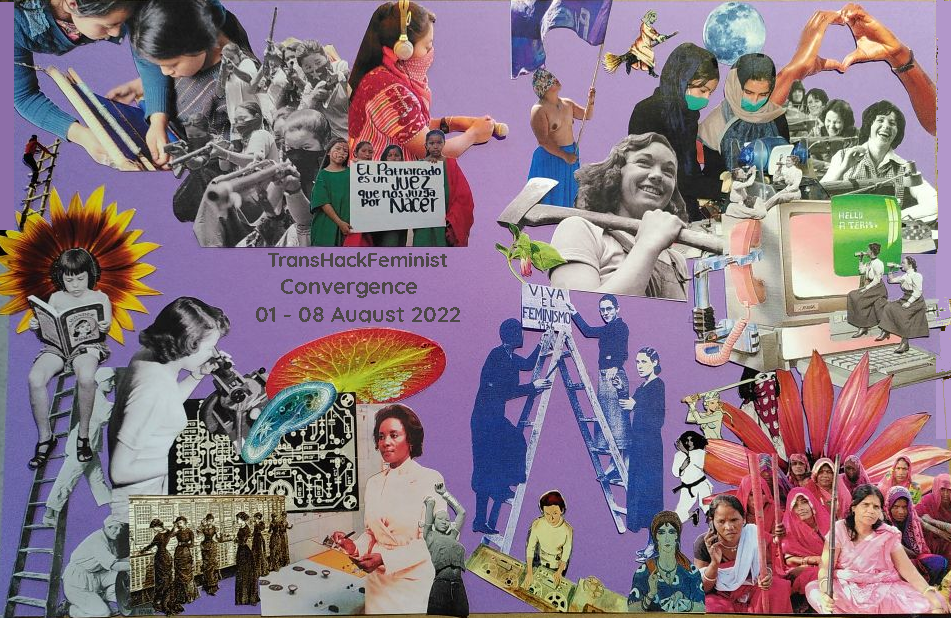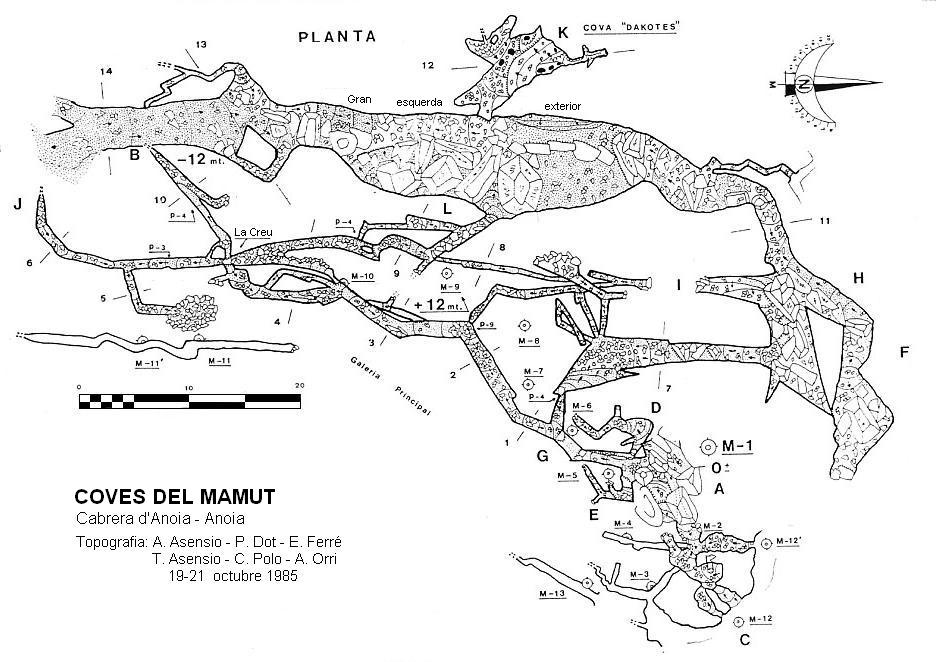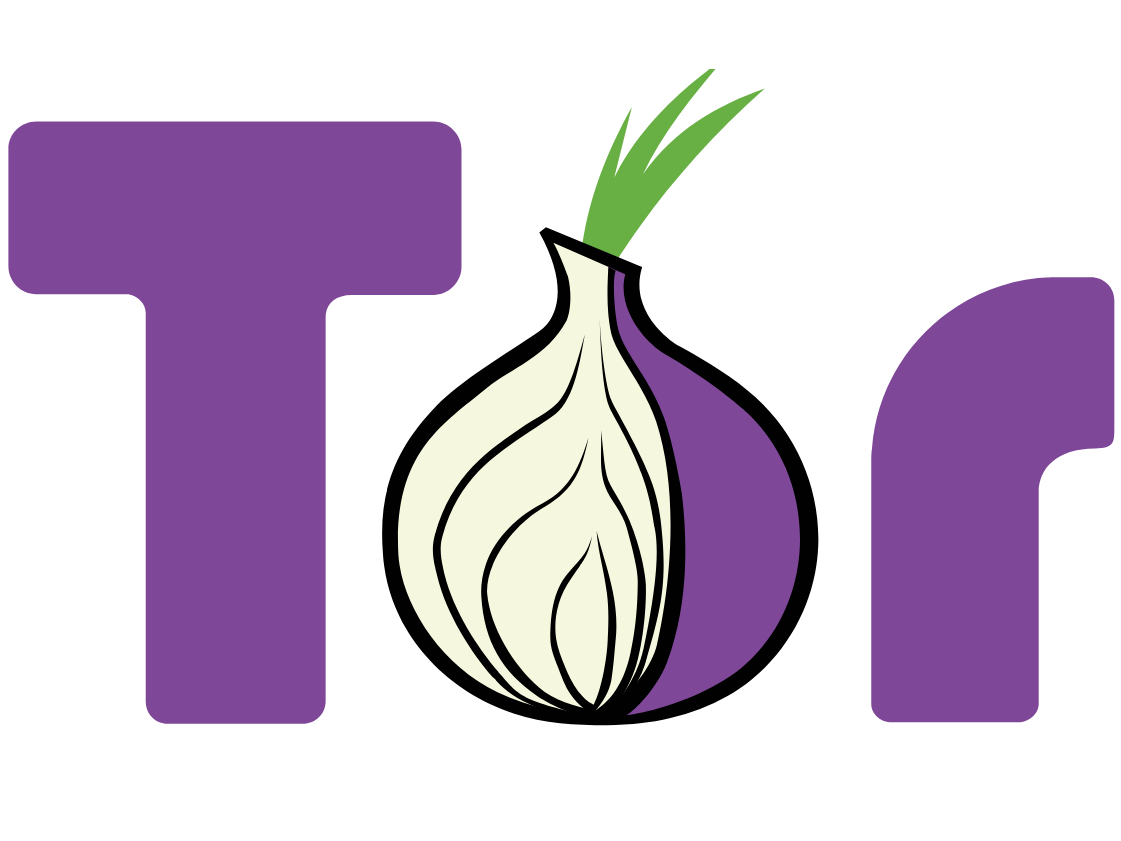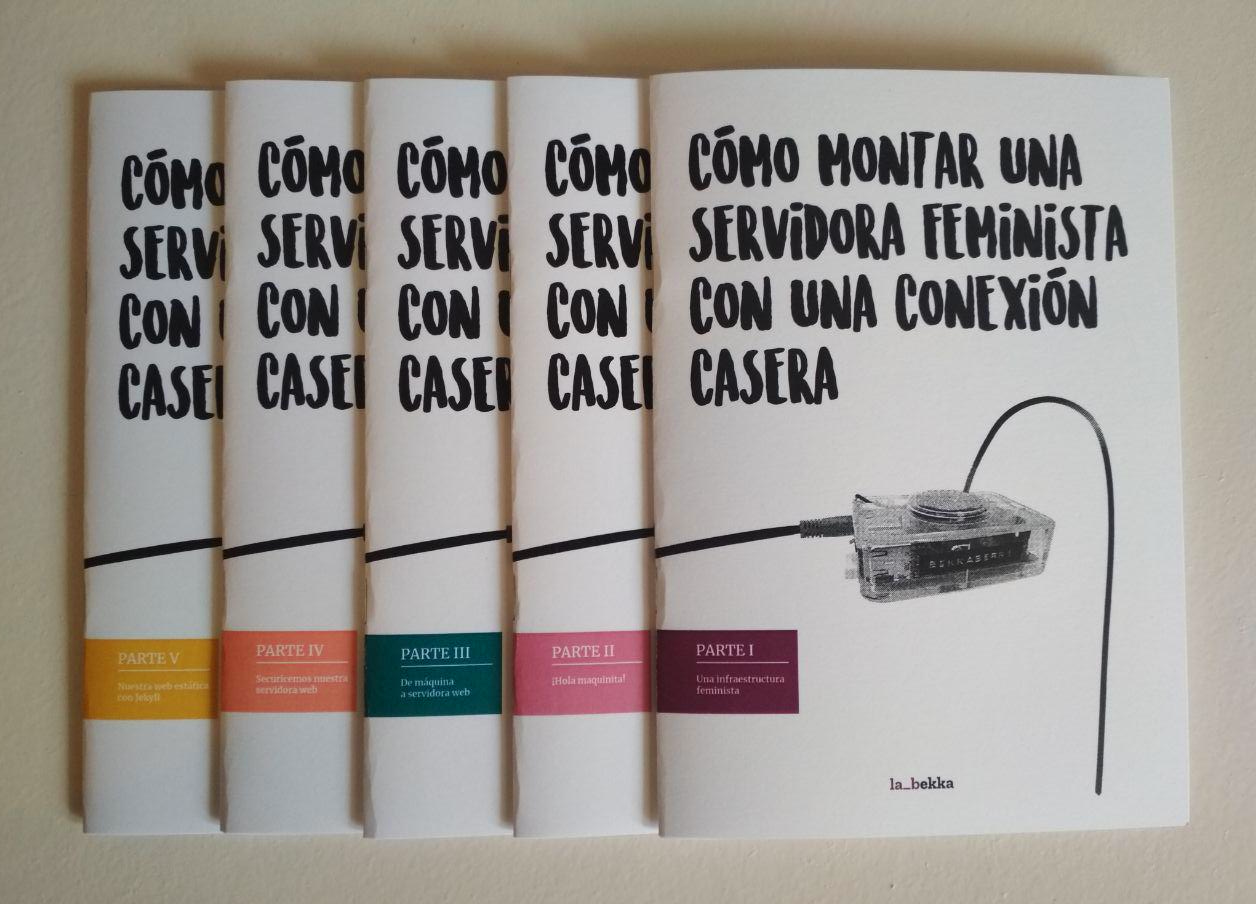During this 2-hour workshop, we will discuss methodologies to develop speculative fictions and in which ways they work opening our minds to new possibilities for reiventing our futures, presents, technologies, desires…
The objective of this workshop is to share about methodologies and then to practice different ways of developping together speculative fictions, we will write, draw, sing different fictions.
Language: English +Spanish + French
Documentation node
We start the workshop by sharing about projects that are developing speculative fiction from an activist perspective. Below you can find a table listing some of the projects that have been named.
- Quién: Les agloméré.é.s en https://subtilbeton.fr/.
- Punto de partida: Exploración de mundos autogestionados en clave de anticipación en un mundo distópico y autoritario.
- Formato: Talleres de escritura feminista.
- Metodologías: Encuentros del mismo colectivo feminista durante 15 años y colaboraciones con 50 personas más o menos.
- Comentarios: En 2022 se publicó un libro llamado Subtil Beton.
- Quién: Les ateliers de l’antemonde https://antemonde.org/.
- Punto de partida: Explorar un presente lo más parecido posible al nuestro… salvo que diez años antes había tenido lugar una revolución antiautoritaria, globalizada y victoriosa que dio origen a las comunas libres y a las regiones autónomas de lo que hoy se llama Haraka.
- Formato: Talleres de labofiction.
- Metodologías: De mayo de 2018 a diciembre de 2019, se realizaron ochenta y seis “laboratorios de ficción” en Francia, Suiza y Bélgica. Durante estos talleres se practicó, con más de mil personas, un gran juego de rol cuyo objetivo era dibujar otro presente.
- Comentarios: Libro colectivo Batir Aussi.
- Quién: La résille https://laresille.fr/. Lugares: https://laresille.fr/lieux/. Personajes: https://laresille.fr/personnages/.
- Punto de partida: Imaginar el mundo actual partiendo del postulado que en los ’70 la informática no se volvió una área de importancia económica y las mujeres se quedaron en ese sector.
- Formato: Talleres de labofiction.
- Metodologías: El Resille es una obra colectiva de ciencia ficción basada en talleres imaginarios iniciados en línea durante el año 2020. Se inspira en las Labo-ficciones de los Ateliers de l’Antémonde. 19 participantes en total, de los cuales tres organizaron y reelaboraron juntes el universo de la Resille. Las temáticas que nos interesan se encuentran en las luchas sociales, la educación popular y los imaginarios colectivos.
- Quién: Futurotopies féministes. https://zoiahorn.anarchaserver.org/specfic/.
- Punto de partida: Diseñar tecnologías feministas y los ecosistemas en los cuales estas tecnologías existen.
- Formato: Talleres.
- Metodologías: Desde 2017, talleres entre 2 horas y 5 días. Ver https://zoiahorn.anarchaserver.org/specfic/recursos-que-inspiran-resources-inspiring/metodologias/.
https://zoiahorn.anarchaserver.org/specfic/2021/06/11/335/. - Comentarios: Escritos, imágenes, audios.
- Quién: Octavia’s brood.
- Punto de partida: Penser à un nouveau future s’est un exercice de fiction spéculative.
- Formato: Livre.
- Quién: Rupture Fractale.
- Punto de partida: Création d’un personnage rupture fractual dans un sex party.
- Formato: Sex party.
- Quién: Session organisée par SpiderAlex.
- Punto de partida: Composée un technologie féministe.
- Formato: Workshop.
- Quién: ActaMoussette (chatte).
- Punto de partida: Fabriquer des outils dans un contexte de fablab.
- Formato: Workshop.
- Quién: Le Reset/la Volte: prendre soin des possibles.
- Punto de partida: 4 ateliers (sur un mois) d’écriture autour de différentes thématiques et méthodologies autour du soin et de la science-fiction.
- Formato: Workshop.
- Quién: Rica Richson (7 personnes – solidarité inter-espèce).
- Punto de partida: Construction d’un personnage collectif et fictif qui permet d’expérimenter avec l’art.
- Quién: Manada
- Punto de partida: Méthodologie de la danse (répétititon, synchronicité, passer la parole à qq’un⋅e d’autre). entre danse, performance et pédagogies féministes.
- Comentarios: Proche de la performance de ooo de transformer une action sur un serveur par des gestes faits par des personnes (la performance d’ooo lors de l’événement Are you being served).
Then we split in two working groups and each one discuss and decide a specific methodology for making speculative fiction, then they experiment with it and invent new worlds together.







